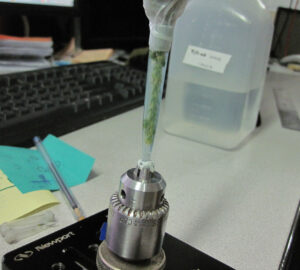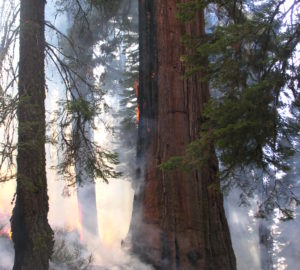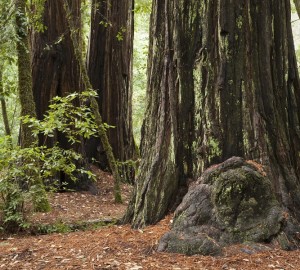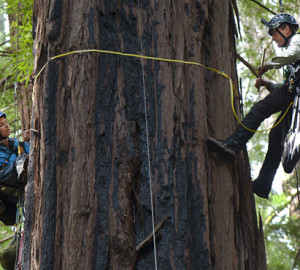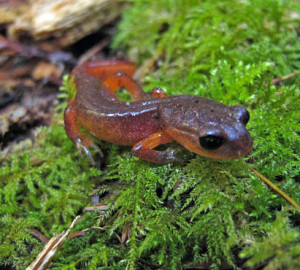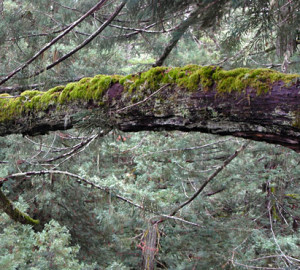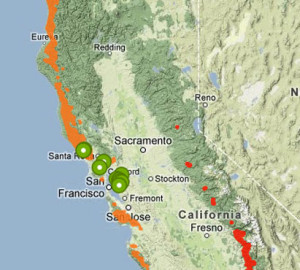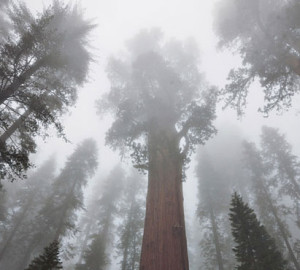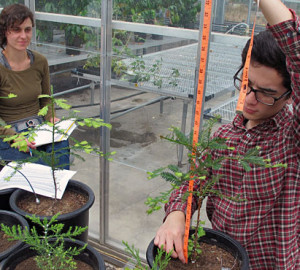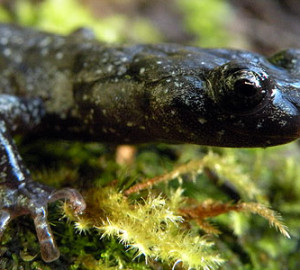SAN FRANCISCO (February 14, 2012) — Save the Redwoods League today announced more than $100,000 in research grants to fund projects that will expand scientific knowledge of the biology and ecology of coast redwood and giant sequoia forests. This research can help us answer big questions that will protect the health of people, wildlife, redwood forests and the entire planet. The grants were awarded to researchers at San Francisco State University, University of Wisconsin, U.S. Geological Survey, U.S. Department of Agriculture and The Regents of the University of California. The League is the only nonprofit organization dedicated to protecting ancient redwood forests throughout their natural range.
